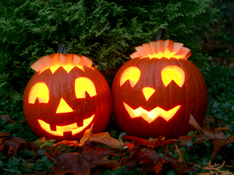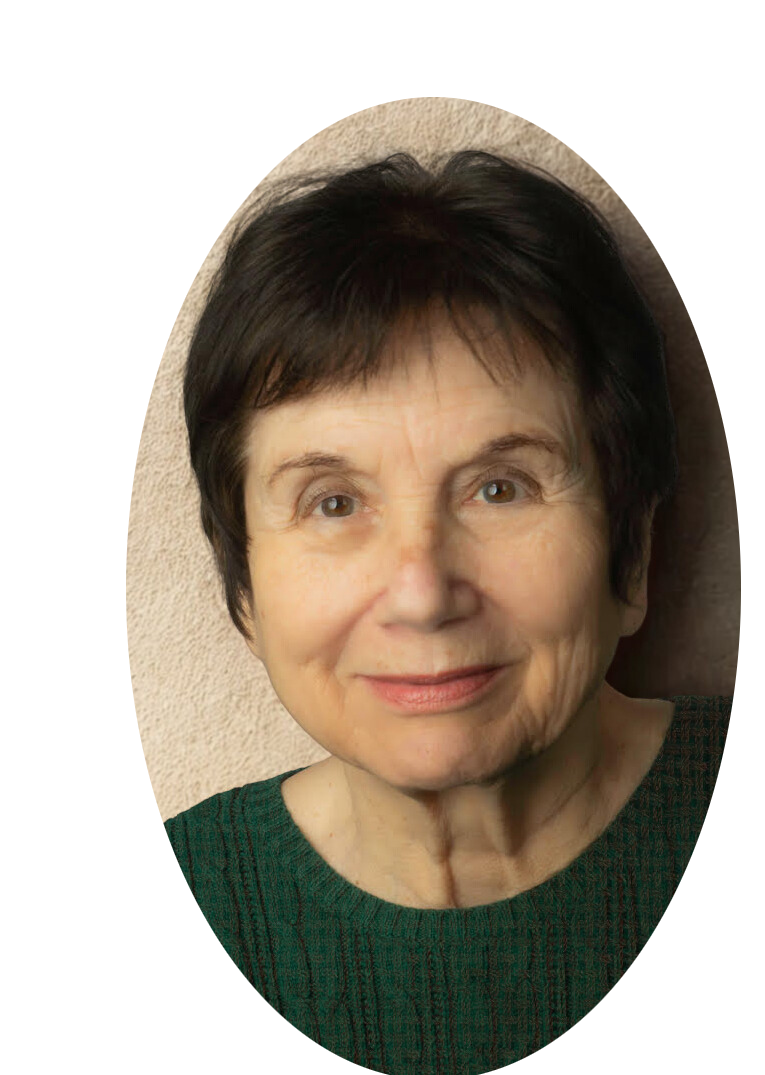
Here comes Halloween and the push to frolic in a candy binge that can lead to headaches, upset tummies, weight gain, irritability and hyperactivity followed by an emotional crash. Beware means be aware so you can take care of yourself and the people you care about.
Here are some suggestions. These are useful for us all. However, if you are a binge eater, you may find these suggestions help you to enjoy a holiday that may otherwise cause you some eating disorder recovery anxiety.
First, take a good look at what Halloween means to you and what it could mean to you. Ask yourself, how can I increase the fun of Halloween while reducing holiday dependency on decorated sugar/fat/carb items?
Children plan for weeks ahead of time about who they will be on Halloween. In my circle of family and friends, children talk far more about costumes, spiders, skeletons, ghosts, goblins, and witches than they talk about candy.
They talk about "going trick or treating," not so much about candy and loot but about walking around in the dark with family and friends, knocking on doors and being surprised. To them, Halloween is more about thrills, chills, laughter and delight than candy.
This year I suggest you pick a theme, and decide if you are going the delightful or scarey route. Then, put up some decorations outside your home (inside, too, if you'll be celebrating at home in any way) that follow your theme. Add a touch to your own appearance.
You can be elaborate with a full costume, but a little makeup or a hat or scarf will work, too. An easy way to be funny or terrifying is to wear a mask backward so people see the mask face when your back is turned. Your body movements associated with the mask will bring laughter - if it's a funny mask - or real chills - if it comes from the scary theme.
If you can add sound effects from your CD player or computer, by all means, go ahead. Let your creativity play Halloween and focus on non-edibles.
Treats can certainly include candy and decorated baked goods, but mix them up with items you make or buy that go with your theme. I suggest, for example, going to a party shop and finding bags of inexpensive favors like prehistoric creatures, Halloween monsters, friendly witches and ghosts or little plastic pumpkins. Instead of giving out handfuls of candy, you mix it up with these little gifts that delight, don't melt and can last for hours or days or more of play.
I'm not just talking about children. I'm talking about the entire experience of Halloween for everyone. The real challenge of Halloween comes when you are home, the festivities are over, and you are faced with bags and bowls of candy. Now what?
Well, what if you weren't faced with such quantities of sugar/fat/carb edibles? What if you played checkers with plastic spiders? What if you did improv games with Halloween characters?
What if you, alone or with others, portioned out a reasonable amount of candy as a form of dessert? What if you made the sweet treats a sideline to the main events of your way of playing Halloween?
And, what if the day after Halloween, the toys and decorations remained, but the candy was gone except for maybe one or two pieces per person for a week? And don't forget the joys and challenges of toasting pumpkin seeds from your jack-o-lantern carving!
Oh, and about the candy, please see BUSTED: 7 Halloween Nutrition Myths on the Huffington Post. It might help you follow through on a less candy-dominated and fun Halloween.
What are your memorable Halloween experiences that were not related to eating candy? Overall, what memories are most pleasurable for you, candy-related or experience-related?
Please share your thoughts in the comment section below.
Written by Joanna Poppink, MFT. Joanna is a psychotherapist in private practice specializing in eating disorder recovery, stress, PTSD, and adult development.
She is licensed in CA, AZ, OR, and FL. Author of the Book: Healing Your Hungry Heart: Recovering from Your Eating Disorder
Appointments are virtual.
For a free telephone consultation, e-mail her at


Add comment